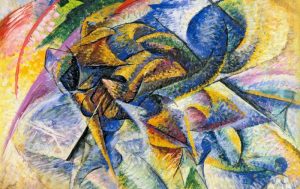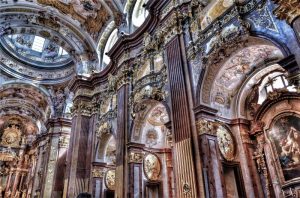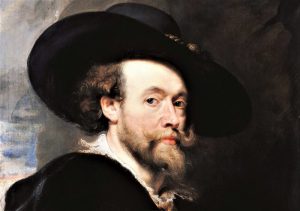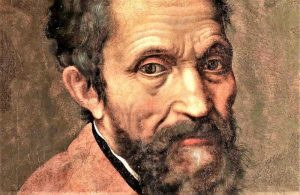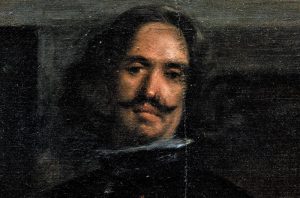Gian Lorenzo Bernini
Amazing sculptor, painter and architect from Italy, Gian Lorenzo Bernini was an amazing artist who mastered Roman art during the 17th century. He challenged all the artistic traditions that prevailed in contemporary times under the care and protection of cardinals and popes. His works, projects and art works, both in sculpture and architecture, are presented with an innumerable number of innovative themes, different uses of forms and combinations.
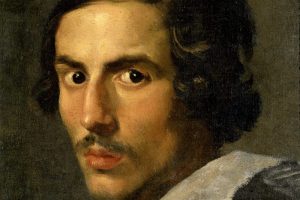
Personal Information
- When he was born: 07/12/1598
- When he died: 28/11/1680
- Nationality: Italian
Who was Gian Lorenzo Bernini?
Gian Lorenzo Bernini was a famous Italian sculptor, painter and architect who was born in Naples in 1598. He dominated Roman art during the 17th century and challenged the artistic traditions of the time by focusing on sculpture and architecture, where he showed innovative themes in a variety of forms and combinations. He worked on the restoration of several chapels during the Roman Baroque period.
Considered the genius of Italian Baroque, who inherited all the strength that the renowned Michelangelo left as a legacy. Gian Lorenzo Bernini was in charge of making great designs in secular buildings, churches and chapels, always combining sculpture and architecture. It stood out enormously during the era of Roman Baroque architecture. His wonderful architectural creativity helped him win important commissions in Rome and he dedicated himself to massively beautifying St. Peter’s Basilica. In addition, Bernini developed as a painter and theatre lover, wrote, acted and directed several plays, mainly satires and designed theatres using a wide range of decorative art objects.
Gian Lorenzo Bernini Biography
Gian Lorenzo Bernini was born in Naples in 1598. Son of the famous sculptor Pietro Bernini and Angélica Galante, was always described as a genius during his childhood, and recognized as a prodigy child when he was 8 years old. He was known as “the Michelangelo of his century” because of his great talent. His father took him to Rome to get to know his work and from that moment on he never left the place. It was in this place, during the 17th century, that Bernini created his best works. He made his stone statues with incredible speed, without much calculation. His design, based on special surface, reflected the bonds between the skin, muscles and bones of human body, making the stone look human.
Artworks by Gian Lorenzo Bernini
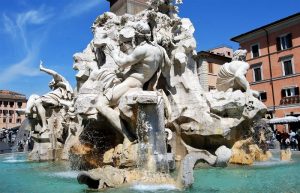
Bernini’s first works showed from the beginning his extraordinary talent. During the first phase, he showed great interest and respect for Hellenistic art. Among the works we can mention the Dragon and the Faun surrounded by cupids. The Amaltea Goat and the Santoni and Giovani Vigevano busts, works made for churches that are still of incomparable beauty. Between 1621 and 1625, Gian Lorenzo Bernini made four of his main works, which would give him the name of master of sculpture and launch him immediately to fame. We are talking about the four Borghesians. These were sculptures based on mythological and biblical themes, commissioned by Cardinal Borghese. These works were Aeneas, Anchises and Ascanius, the famous Rapture of Proserpine, David, Apollo and Daphne.
Outstanding works:
- Barberini Palace
- Triton Fountain
- David
- Apollo and Daphne
- San Pedro Cathedral
- San Pedro Baldachin
- San Andrés del Quirinal Church
Paintings by Gian Lorenzo Bernini
Among the main paintings in which Gian Lorenzo Bernini developed his work were portraits. Throughout his career as an artist, he made several portraits for high church officials, such as popes, kings and nobles, who, in turn, gave him great wealth. It was also common to see him portray the heroic in the paintings, giving emphasis all the time to expression and magnificence.
Sculptures
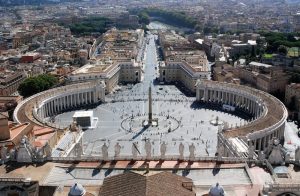 At the beginning of his work, Bernini showed great respect for the classic canons influenced by his father. His works of art are full of virtuosity and naturalness with a chiaroscuro effect. Among his most important works we can mention the San Pedro colonnade, a small church in which the architecture and the sculpture were created to achieve a proper environment to develop religious feelings. He helped with the urban renewal of Rome by providing a large number of statues and monumental fountains which, today, are still the subject of positive comments regarding his art. One of his best contributions to St. Peter’s Basilica was the creation of the colonnade that surrounds the square before reaching the temple, with its harmony, simplicity and numerous scenic effects, represented an enormous innovation, both in dimensions and layout, which was made elliptically. With monumental statues located in its upper part they offer a majestic atmosphere.
At the beginning of his work, Bernini showed great respect for the classic canons influenced by his father. His works of art are full of virtuosity and naturalness with a chiaroscuro effect. Among his most important works we can mention the San Pedro colonnade, a small church in which the architecture and the sculpture were created to achieve a proper environment to develop religious feelings. He helped with the urban renewal of Rome by providing a large number of statues and monumental fountains which, today, are still the subject of positive comments regarding his art. One of his best contributions to St. Peter’s Basilica was the creation of the colonnade that surrounds the square before reaching the temple, with its harmony, simplicity and numerous scenic effects, represented an enormous innovation, both in dimensions and layout, which was made elliptically. With monumental statues located in its upper part they offer a majestic atmosphere.
Its reputation declined a little during the Neoclassicism period as this trend was responsible for dulling the baroque. During the nineteenth century, Gian Lorenzo Bernini’s achievements were highly recognized again, and his reputation increased considerably again.
How to cite this article?
Briceño V., Gabriela. (2019). Gian Lorenzo Bernini. Recovered on 4 January, 2025, de Euston96: https://www.euston96.com/en/gian-lorenzo-bernini-en/



